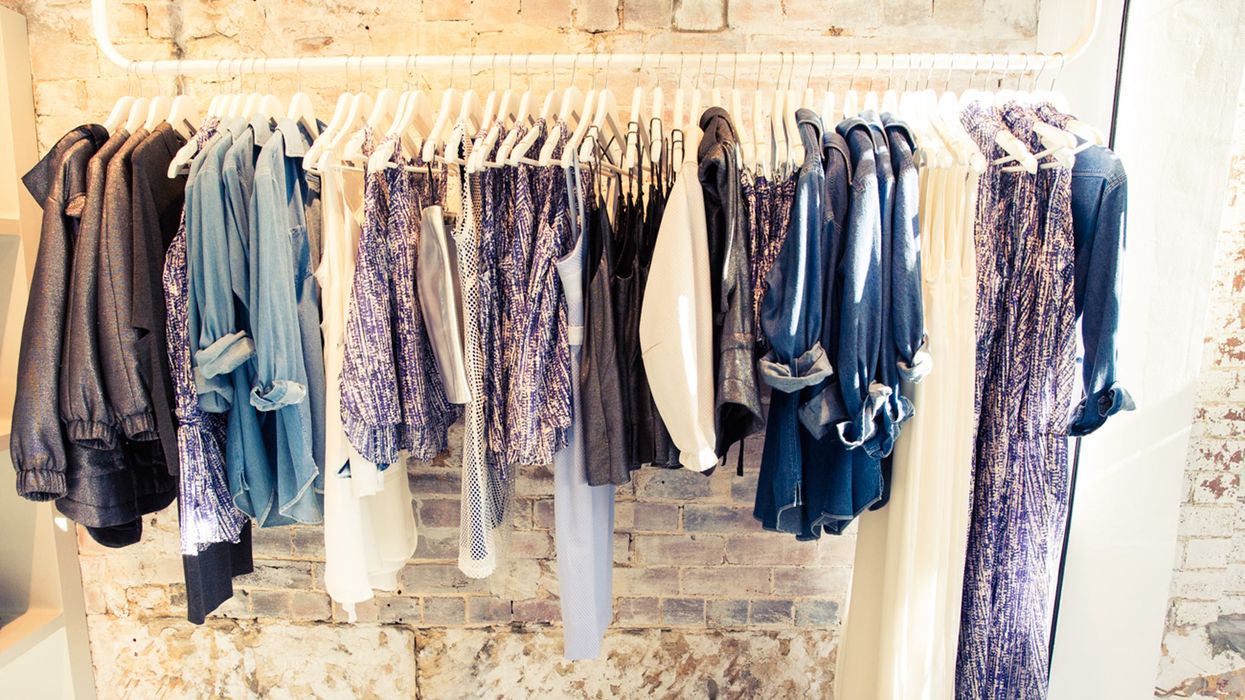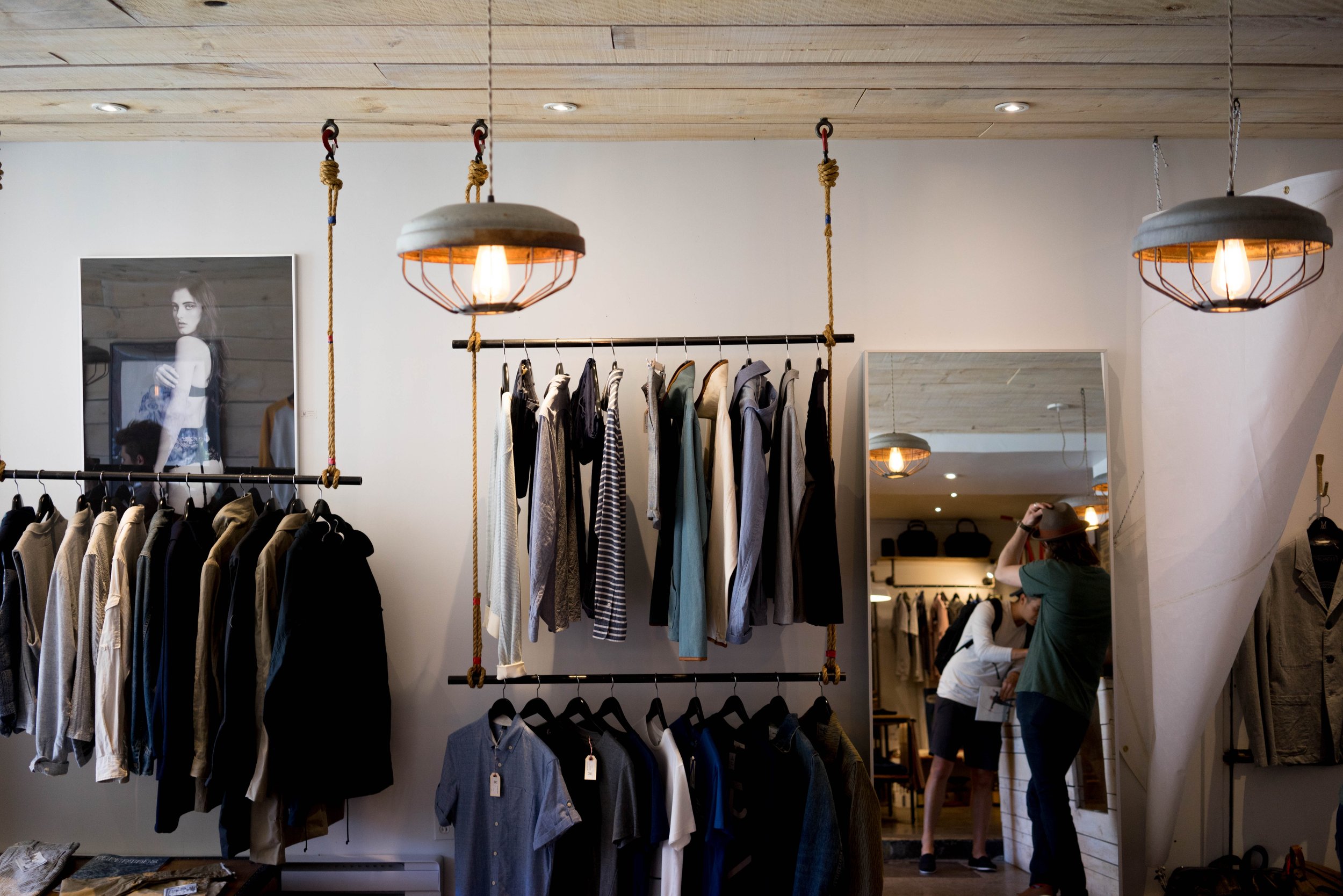Revealing the Secrets Behind Budget-friendly Boutique Fashion
Revealing the Secrets Behind Budget-friendly Boutique Fashion
Blog Article
Checking Out the Evolution and Effect of Clothes on Modern Fashion Trends
The advancement of apparel has significantly affected contemporary fashion patterns, merging historic precedents with advanced innovations. Legendary figures like Coco Chanel and Yves Saint Laurent changed the fashion sector by introducing concepts that focus on comfort and accessibility, which continue to reverberate today.
Historical Fashion Influencers
In the tapestry of style history, certain numbers have left an enduring mark, forming the fads and styles that define whole eras. Coco Chanel, a cutting edge developer, redefined women's style by presenting comfortable, elegant clothing that departed from restrictive corsets. Her famous Chanel suit and little black dress have actually ended up being timeless staples in closets worldwide. Similarly, Christian Dior's post-war "New Look" in 1947, with its celebration of femininity through full skirts and cinched waists, marked a return to luxury and has remained to affect designers.
Elsa Schiaparelli is an additional essential number, renowned for her progressive layouts that incorporated surrealist art, teaming up with Salvador Dalí to produce wayward pieces that tested conventional visual appeals. Her cutting-edge usage of color and bold patterns resounds in contemporary fashion. Yves Saint Laurent, meanwhile, democratized high style with prêt-à-porter collections, bringing path designs to the masses and setting a criterion for modern-day ready-to-wear lines.
These visionaries, to name a few, not only changed style in their times yet likewise established withstanding trends that reverberate in today's apparel industry, providing a foundation whereupon modern-day designers continue to introduce and develop. Their legacies underscore the importance of creative thinking and bold in vogue's ever-evolving story.
Technological Improvements in Fashion
In the middle of the dynamic landscape of the fashion business, technical improvements stand at the forefront of innovation, reshaping how designers produce and consumers involve with style. The combination of 3D printing has revolutionized design procedures, enabling developers to experiment with complicated structures and lasting products that were formerly impossible. This modern technology assists in quick prototyping, lowering waste and speeding up manufacturing times.

Smart fabrics, embedding modern technology into textiles, are additionally changing the market. Advancements like temperature-regulating and self-cleaning textiles supply boosted capability and comfort. Wearable innovation, including features like health and fitness monitoring and communication, includes a new measurement to style, combining aesthetics with functionality.
Cultural Shifts and Style
As technological developments continue to improve the style industry, social shifts are just as influential, redefining style and consumer preferences. Recently, the increase of social media sites systems has actually accelerated the circulation of global style trends, allowing diverse cultural influences to coexist and assemble. This digital interconnectivity has assisted in the quick exchange of concepts, causing a much more diverse and comprehensive analysis of design that mirrors the complex nature of modern-day culture.
Social awareness and recognition have prompted designers to draw inspiration from a broader spectrum of historic and ethnic contexts, incorporating typical themes with contemporary visual appeals. This fusion has actually led to style that resonates with a bigger audience, advertising a feeling of identity and belonging throughout various demographics. Additionally, the enhancing demand for personalization has driven brand names to use adjustable options, enabling customers to reveal individuality while mirroring their social heritage.
In addition, shifting societal values have impacted style, with inclusivity and diversity coming to be main styles. The industry has begun to embrace versions and influencers of numerous physique, ethnic cultures, and sex identities, difficult conventional charm requirements. This improvement emphasizes the power of social changes in shaping the future of fashion, as style comes to be a much more genuine expression of personal and cumulative identity.
Sustainability and Modern Design
While the fashion sector continues to evolve, the necessary for sustainability has become progressively urgent, influencing contemporary design techniques. The surge of slow-moving style, which stresses quality over quantity, motivates consumers to spend in classic pieces instead than short-term trends.
Furthermore, modern-day style is defined by its technology in lessening waste and advertising circularity. This method not only minimizes ecological impact however additionally enhances the social obligation of fashion residences.

Future Trends in vogue

Sustainability will certainly proceed to be a driving force in shaping future fashion trends. The market is progressively embracing environmentally friendly materials and honest production approaches, reacting to an expanding customer demand for responsible methods. Technologies such as bio-fabricated materials and closed-loop recycling systems are readied to redefine just how clothing is produced and taken in, decreasing ecological influence while preserving style and quality.
Cultural shifts, including the surge of inclusivity and variety, will also play a pivotal function. As society becomes more familiar with social problems, fashion is expected to why not try this out end up being a platform for expression and adjustment. Designers will likely concentrate on developing collections that mirror a broader series of experiences and identities, championing depiction and accessibility.
Verdict
The evolution of clothing dramatically impacts modern a fantastic read style patterns, where historical impacts combine with contemporary styles. Secret figures like Coco Chanel and Yves Saint Laurent have redefined design, while technological technologies such as 3D printing and smart fabrics expand innovative possibilities. Social shifts in the direction of inclusivity and sustainability oblige brand names to accept and adopt ethical techniques diversity. This recurring evolution underscores fashion's role as a mirror to social values and technological innovation, suggesting a future rich with development and inclusivity.
The development of garments has actually dramatically affected contemporary style patterns, merging historical precedents with advanced advancements.Amidst the vibrant landscape of the fashion market, technological innovations stand at the center of advancement, reshaping how designers develop and customers involve with fashion.While the fashion market proceeds to develop, the crucial for sustainability has become progressively urgent, influencing contemporary style methods. As sustainability ends up being embedded in modern-day layout, it paves the method for a more liable and aware fashion sector.
The evolution of apparel substantially impacts modern-day fashion patterns, where historic influences visit the website merge with modern layouts.
Report this page